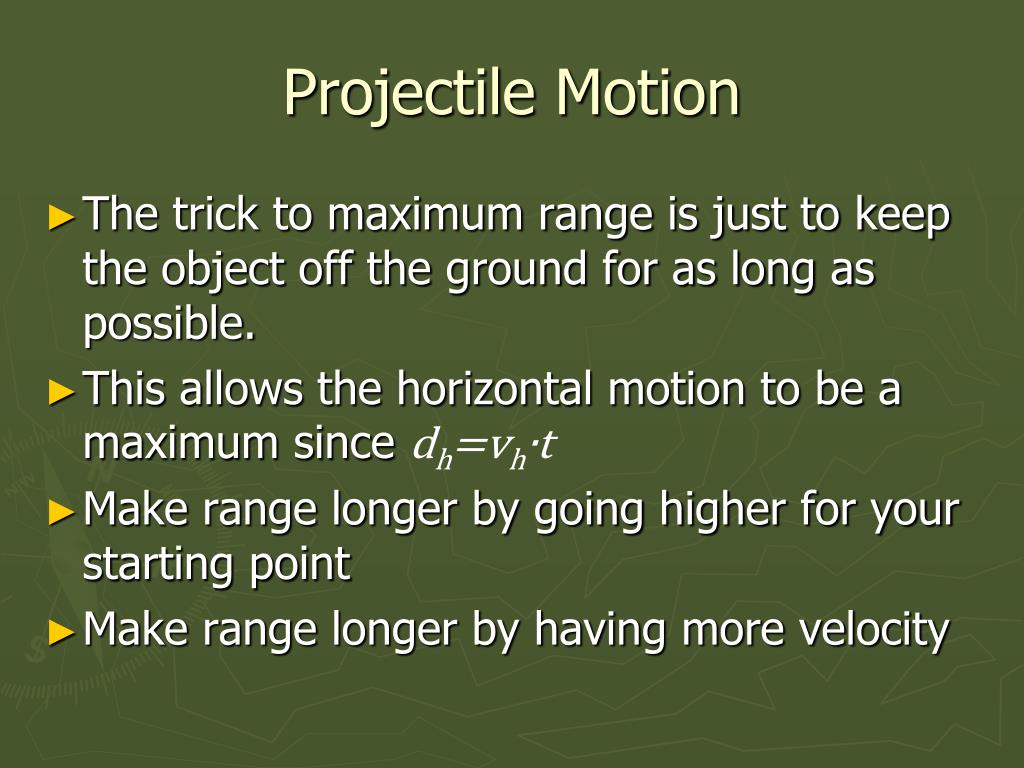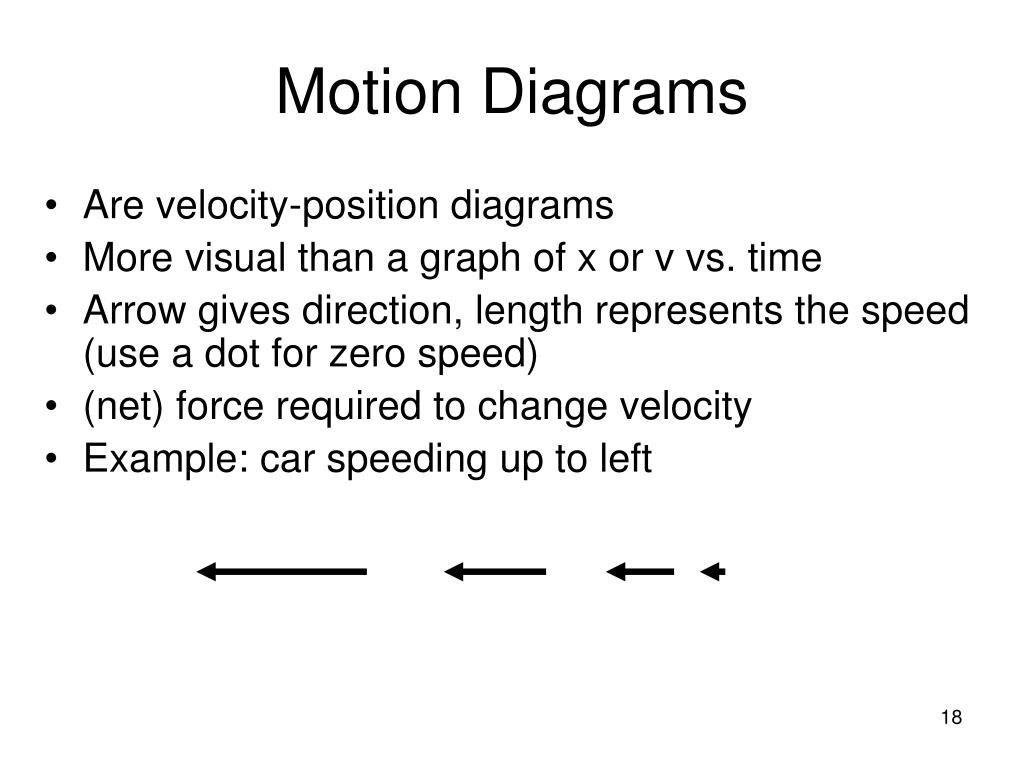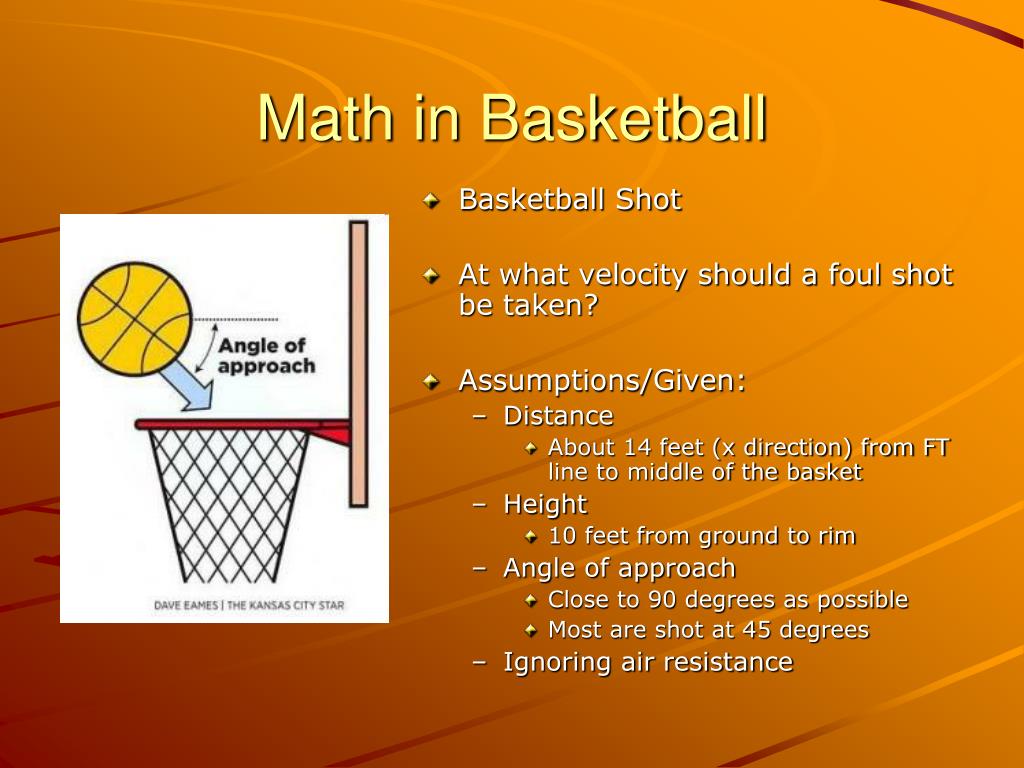

However, what is particularly interesting in the following analysis of the physics of bungee jumping is that the jumper experiences a downward acceleration that exceeds free-fall acceleration due to gravity.

The jumper then oscillates up and down until all the energy is dissipated. The bungee jumper jumps off a tall structure such as a bridge or crane and then falls vertically downward until the elastic bungee cord slows his descent to a stop, before pulling him back up. The basic physics behind this activity is self-evident. You would then take that final velocity and use a kinematic equation to find Δt, either the one used above in the kinematics method or #v_f=v_i+a_yΔt#.The physics of bungee jumping is an interesting subject of analysis. We can see that mass cancels, as it is present on both sides, giving: Just before the rock hits the ground, it has only kinetic energy ( #h≈0#). When it is dropped, that gravitational potential energy is transformed into kinetic potential energy as it falls. at rest), for our intents and purposes it possesses only gravitational potential energy. Kinetic energy is given by #K=1/2mv^2# and gravitational potential energy is given by #U_g=mgh#.Īs the rock is not moving initially (i.e. Where #U_g# is the initial gravitational potential energy (initial and final), and #K# is the kinetic energy (initial and final). You could also use #v_f=v_i+a_yΔt# after finding the final velocity. To find the fall time, we can use this kinematic equation:īecause #y_f# and #v_(iy)# are both 0, we can rearrange to solve for Δt: Using #v_i=0# as determined above, solving for #v_f# gives: We can use this kinematic equation to solve for the final velocity, #v_f#: Finally, because the object experiences free-fall, we know that its acceleration is equal to #-g#, or #-9.8m/s^2#.

Because the object hits the ground, we can define its final height as #0# ( #y_f=0#). We are also given that it is dropped from a height of #100m# ( #y_i=100m#). Because the rock is dropped from rest, we know its initial velocity is #0# ( #v_i=0#). This is a projectile motion problem which can be solved using kinematics. I'll give an explanation of both methods.

These are just the first two that come to mind. There are at least two ways to solve this, one being with kinematics and the other with a combination of kinematics and energy conservation.


 0 kommentar(er)
0 kommentar(er)
